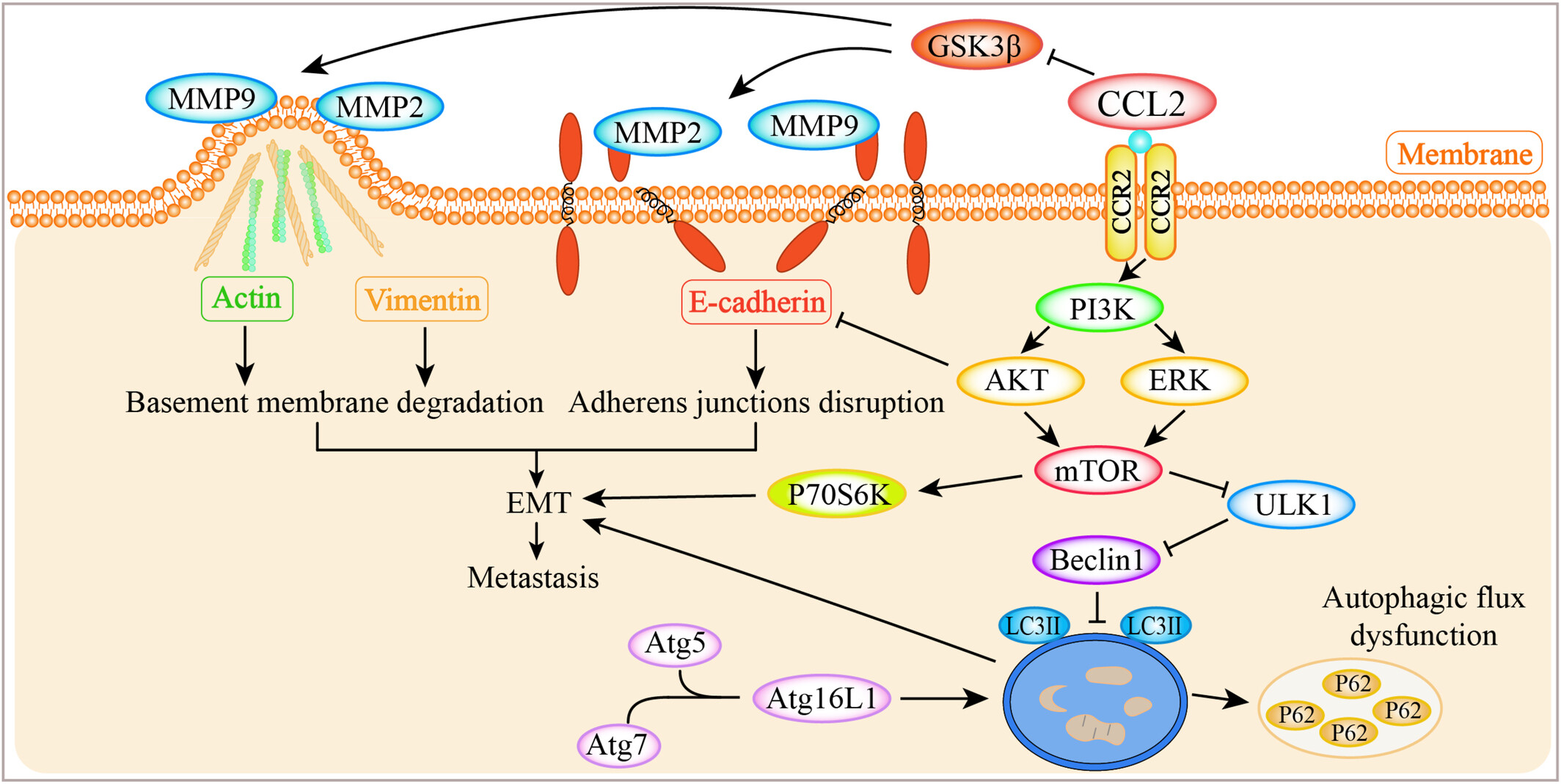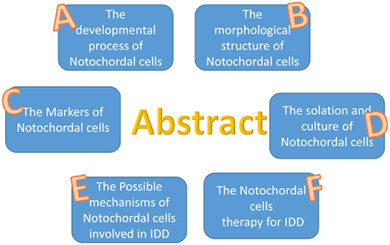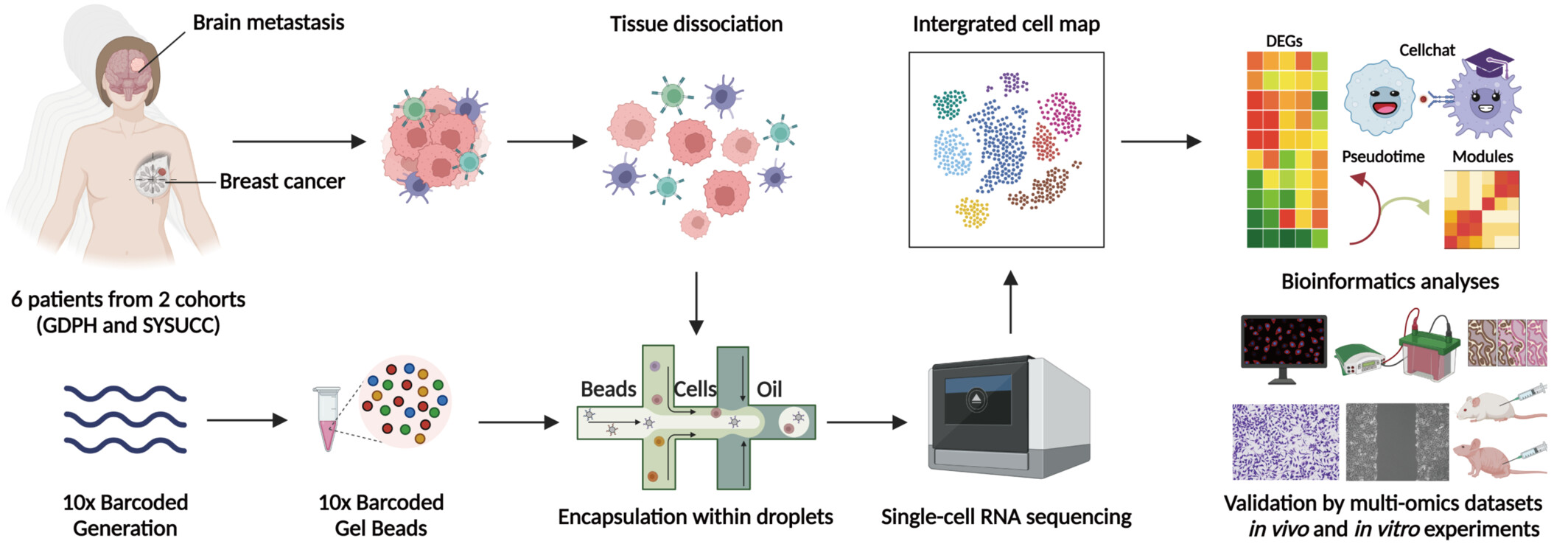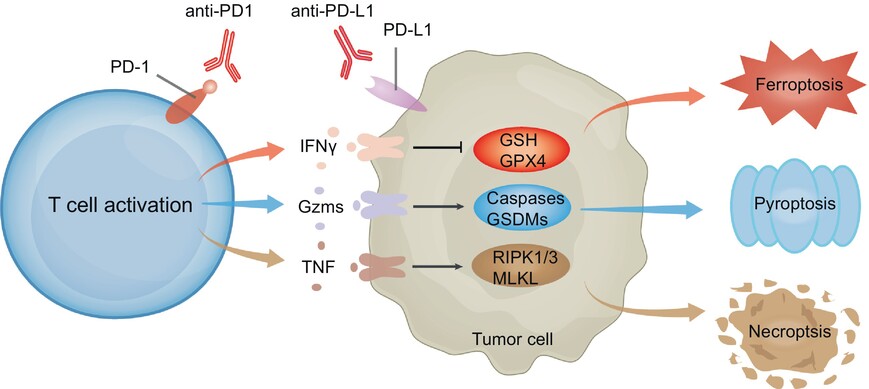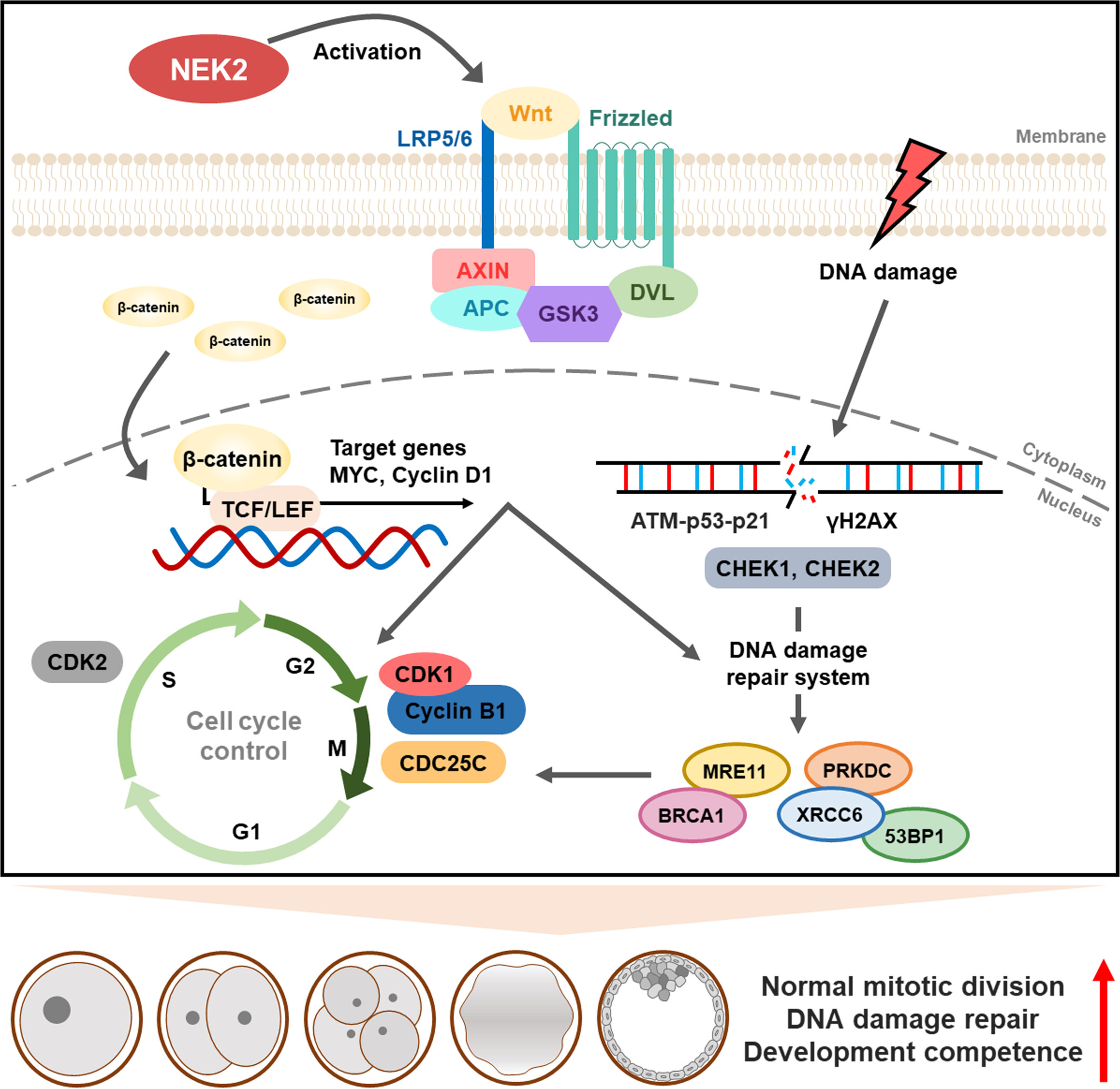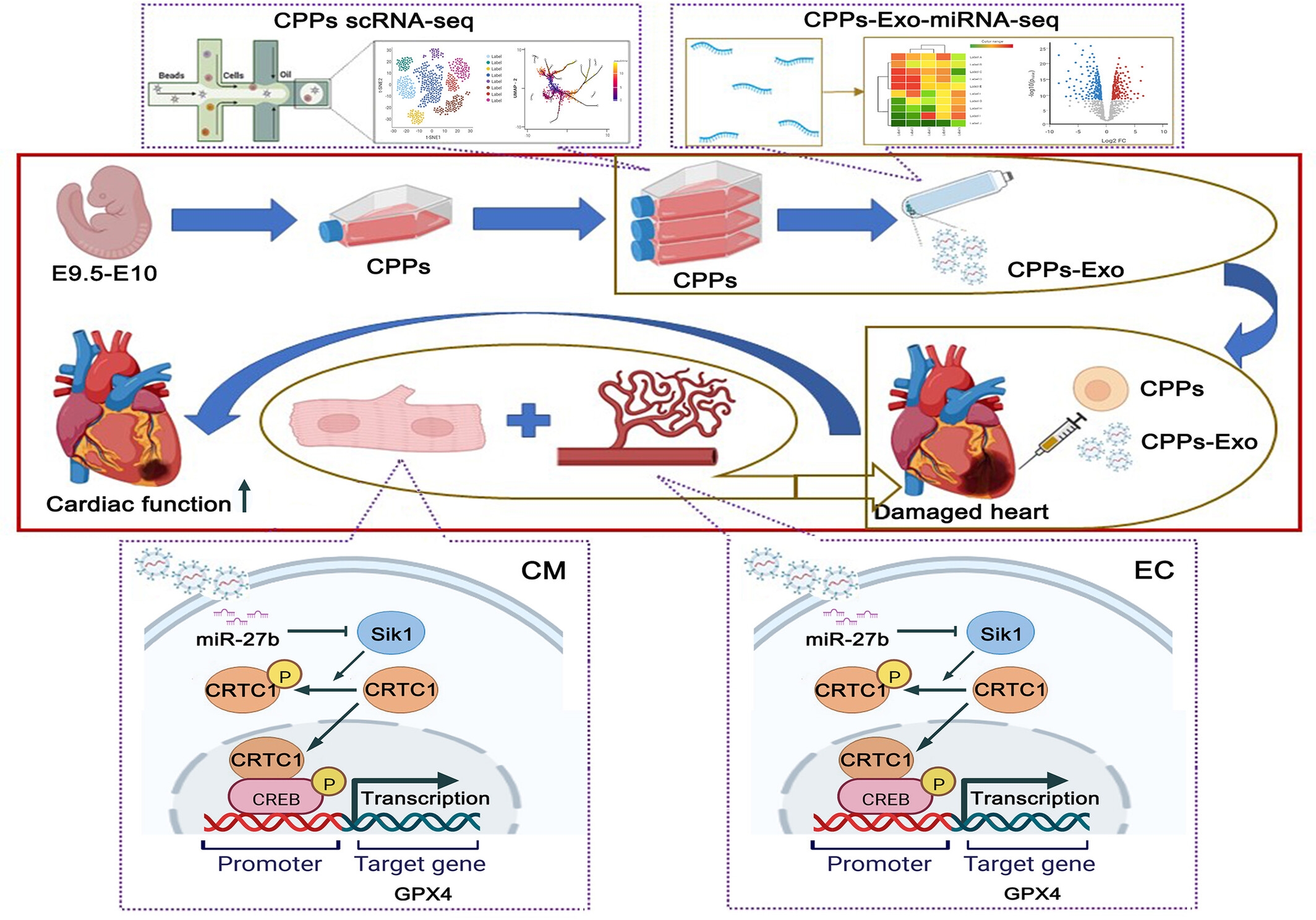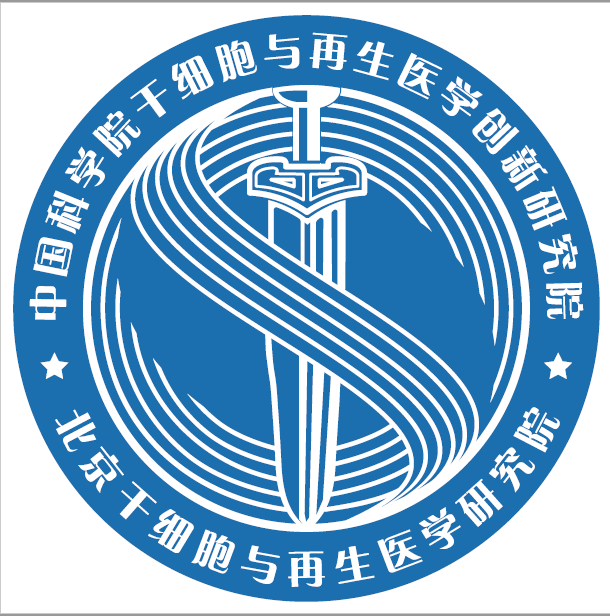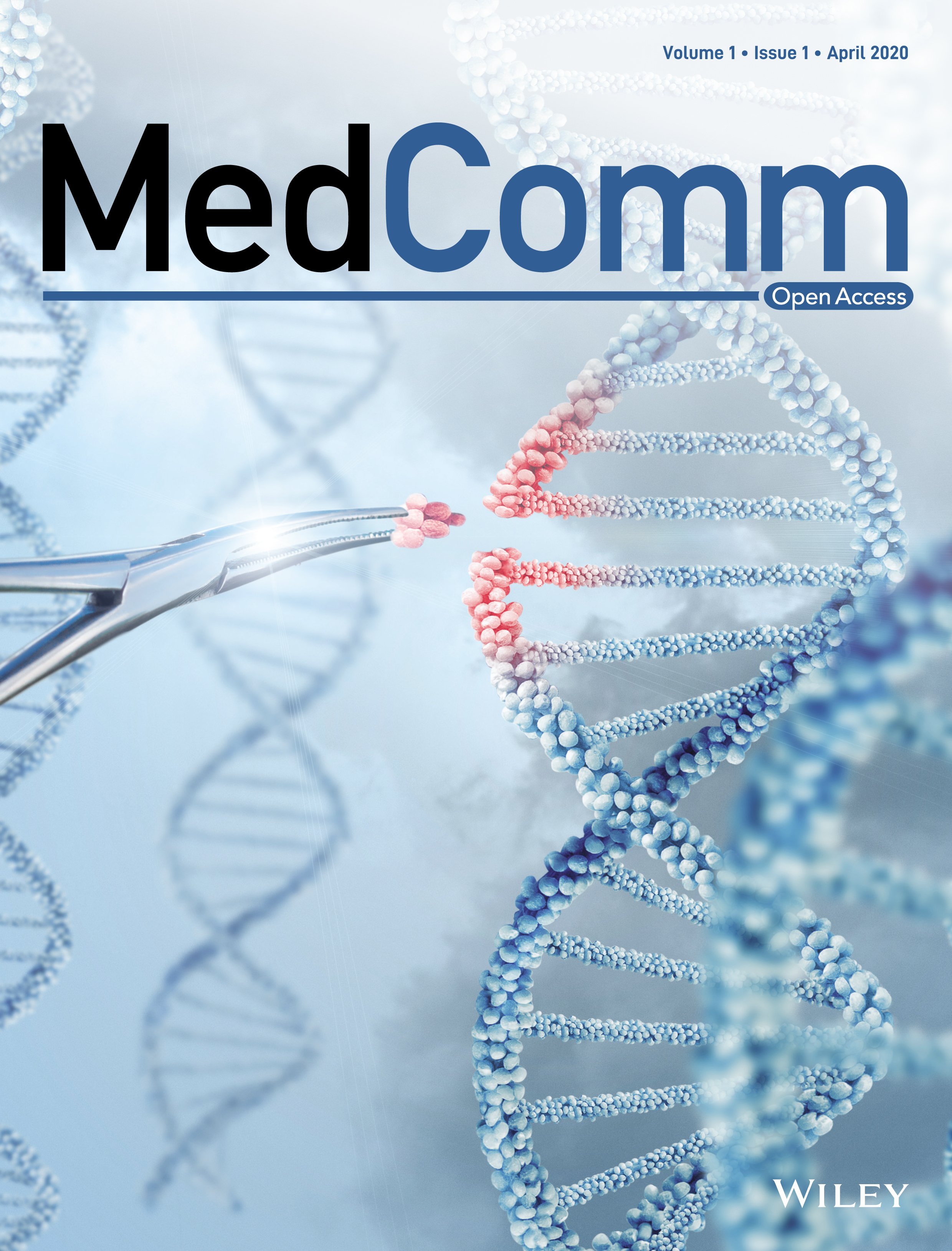Journal list menu
Export Citations
Download PDFs
Articles
New insights into the interaction between m6A modification and lncRNA in cancer drug resistance
- First Published: 14 November 2023
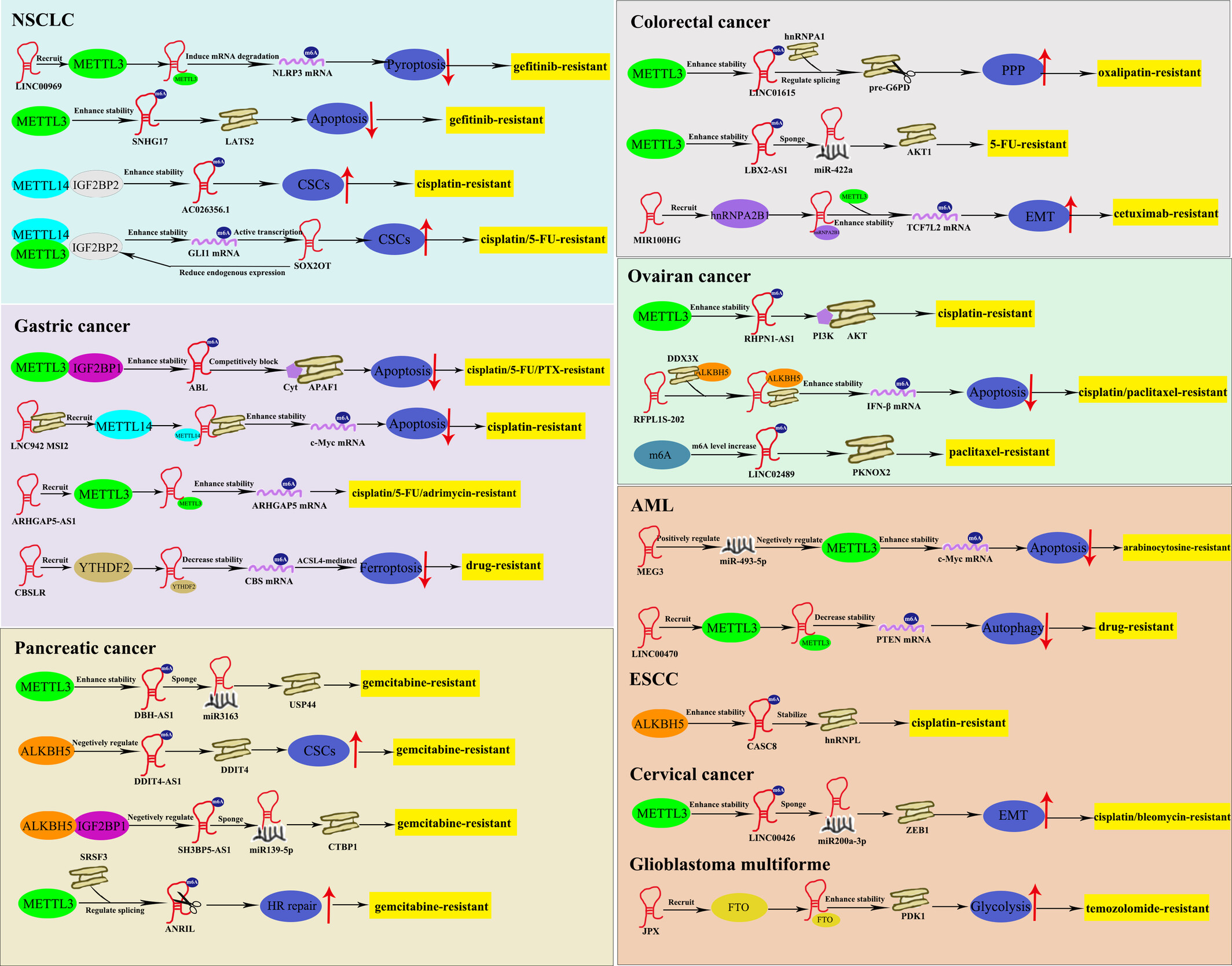
In the past, most studies concerning m6A modification focused on mRNAs. Transcriptome-wide mapping technology reveals a significant presence of m6A-modified lncRNA, which has been shown to play vital roles in biological processes. Interestingly, the expressions and functions of m6A modification are also regulated by lncRNA in turn. The roles of m6A in the regulation of lncRNA mainly concentrate in following aspects: (1) Change the structure of lncRNA and affect its interaction with proteins, known as ‘m6A switch’. (2) Mediate gene transcription repression. (3) Mediate a competing endogenous RNA (ceRNA) model. (4) Regulates lncRNA stability or degradation. However, lncRNA has an impact on m6A regulators as well. LncRNA can influence the stability and degradation of m6A-related enzyme proteins or combine with them to form interaction complexes, thus facilitating a regulatory effect on the downstream target mRNA of m6A regulators. Drug resistance is perhaps the greatest obstacle in improving outcomes for cancer patients, leading to recurrence, progression and metastasis of various cancers. In this review, we summarize all the identified interactions between m6A modification and lncRNA that participate in chemoresistance, aiming to provide a novel insight into the cancer treatment.
CCL2 promotes metastasis and epithelial–mesenchymal transition of non-small cell lung cancer via PI3K/Akt/mTOR and autophagy pathways
- First Published: 18 October 2023
Neutrophil extracellular traps aggravate intestinal epithelial necroptosis in ischaemia–reperfusion by regulating TLR4/RIPK3/FUNDC1-required mitophagy
- First Published: 10 September 2023
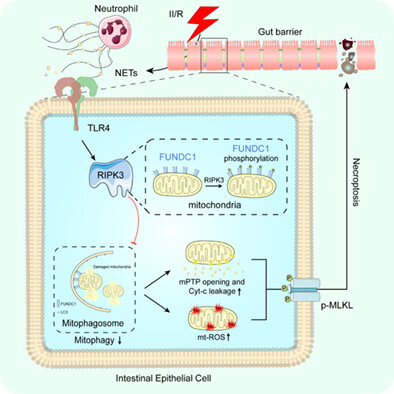
Under intestinal ischaemia–reperfusion, the activated neutrophils infiltrate the intestine and release NETs. NETs initially bind to Toll-like receptor 4 (TLR4) on the surface of intestinal epithelial cells and further activate the downstream receptor-interacting protein kinase 3 (RIPK3) protein through TLR4. As a protein kinase, RIPK3 impairs FUN14 domain-containing 1 (FUNDC1)-required mitophagy via the phosphorylation of FUNDC1 at Tyr18, which leads to damaged mitochondria in cells that cannot be cleared in time. However, the accumulation of damaged mitochondria results in mitochondrial dysfunction, manifesting as mitochondrial membrane potential loss, ATP synthesis decrease, mt-ROS overproduction, mPTP opening and Cytc leakage. Irreversible mitochondrial dysfunction triggers the mitochondrial-dependent necroptosis pathway and ultimately causes intestinal epithelial cellular necroptosis and gut barrier injury.
Comprehensive view of macrophage autophagy and its application in cardiovascular diseases
- First Published: 11 July 2023
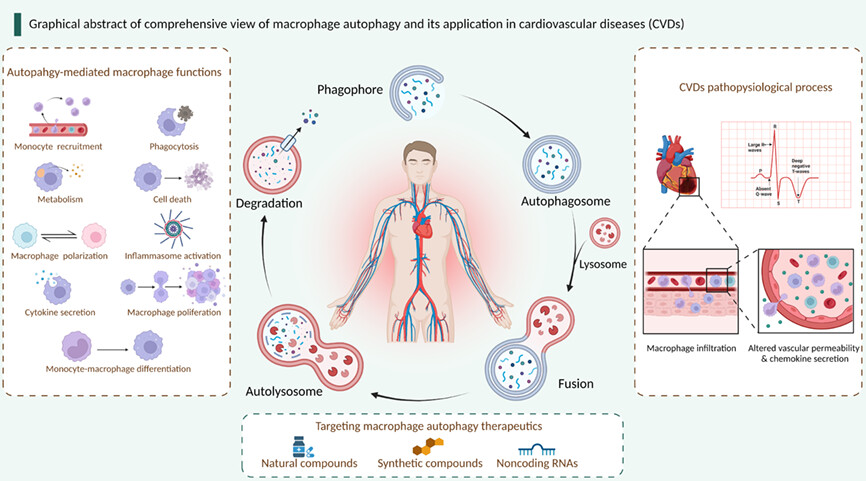
This review systematically describes the role of autophagy in macrophage functions, highlighting the existing evidence in the regulation of inflammation, cell death, metabolism, phagocytosis, and so forth. Meanwhile, we summarize the latest progress of therapeutics targeting macrophage autophagy in cardiovascular diseases, hoping to provide novel approaches for future cardiac treatments.
Wnt10b regulates osteogenesis of adipose-derived stem cells through Wnt/β-catenin signalling pathway in osteoporosis
- First Published: 20 June 2023
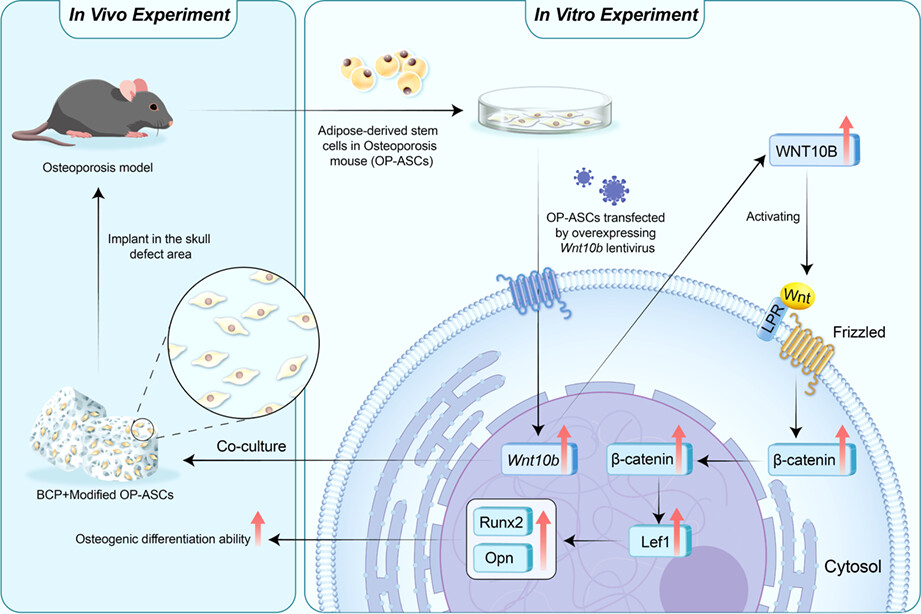
In this study, osteoporotic adipose-derived stem cells (OP-ASCs) were successfully isolated and cultured from the inguinal fat of the OP mouse with bilateral ovariotomy. Lentiviral-mediated overexpression of Wnt10b could enhance the osteogenic ability of OP-ASCs by activating the canonical Wnt signalling pathway to promote the repair of critical-sized calvarial defect in osteoporotic mice.
Ferritinophagy: A novel insight into the double-edged sword in ferritinophagy–ferroptosis axis and human diseases
- First Published: 23 February 2024
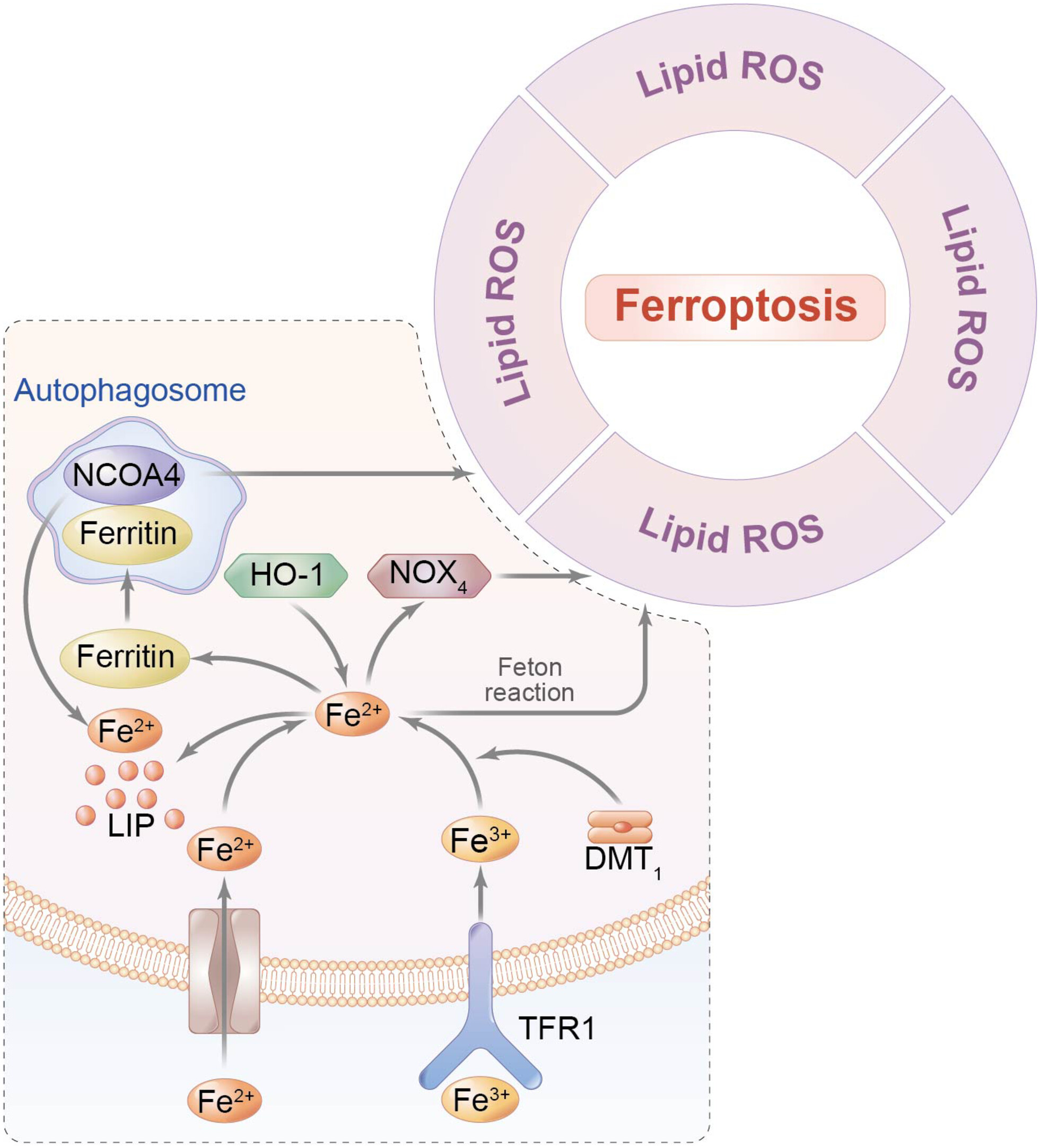
Nuclear receptor coactive 4 (NCOA4), served as a selective cargo receptor, is critically responsible for the mediation of autophagic degradation of ferritin that is defined as ferrinnophagy. Mechanically, NCOA4-mediated ferritinophagy is considered as a pre-requisite for maintenance of intracellular iron homeostasis by promoting ferritin transport and iron release in accordance with requirements. Therefore, ferritinophagy is of great importance in safeguarding the viability and functionality of cells, and might be a potential therapeutic target for various diseases. In this review, we conclude the latest research findings and regulated mechanisms covering the biological function of NCOA4-mediated ferritinophagy and its contribution to the pathophysiology of ferroptosis. Moreover, the pivotal role of ferritinophagy–ferroptosis axis in human diseases will be discussed in details, proposing to attract attention on the great potential of ferritinophagy in the treatment of various diseases.
Pyruvate kinase M2 regulates kidney fibrosis through pericyte glycolysis during the progression from acute kidney injury to chronic kidney disease
- First Published: 25 September 2023
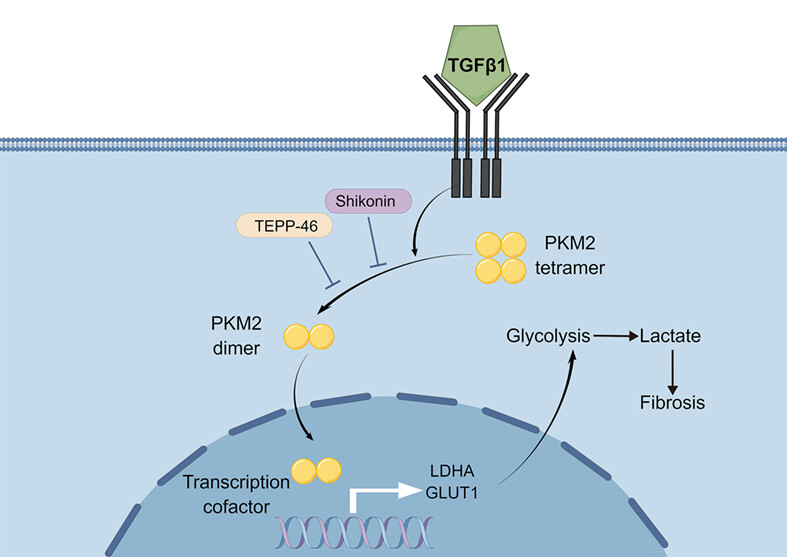
Schematic diagram depicting proposed mechanisms of PKM2-induced renal pericyte-myofibroblast transdifferentiation through regulation of transcription levels of downstream LDHA and GLUT1 and lactate production. GLUT1, glucose transporter 1; LDHA, lactate dehydrogenase A; PKM2, pyruvate kinase M2; TGFβ1, transforming growth factor β1.
Inhibiting mtDNA-STING-NLRP3/IL-1β axis-mediated neutrophil infiltration protects neurons in Alzheimer's disease
- First Published: 01 August 2023
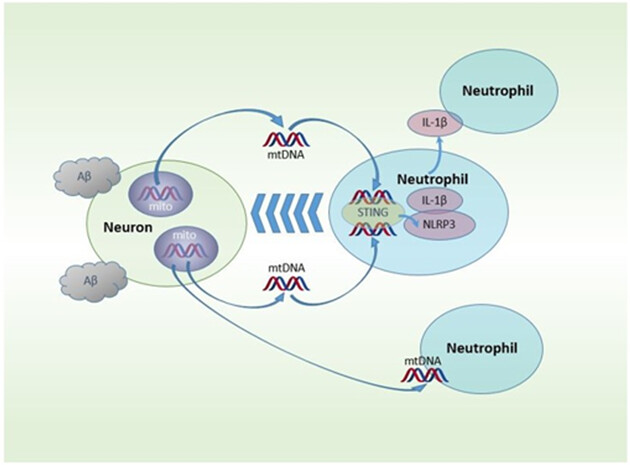
The schematic pathogenesis of Aβ induced neutrophil neuroinflammation is as follows. Since Aβ interacted with neurons, cellular apoptosis and necrosis initiated. And then mitochondrial DNA (mtDNA) is released from these impaired cells. After being captured by neutrophils, free mtDNA binds to STING protein and activates it. The activated STING protein induces increased expressions of downstream NLRP3 and IL-1β. With released mtDNA, NLRP3 and IL-1β captured by more neutrophils, numerous neutrophils infiltrate into Aβ accumulated regionand aggravate neuroinflammation. This cycle is repeated continuously, which eventually induces neutrophil neuroinflammation and damages neural tissue.
Physical modulation of mesenchymal stem cell exosomes: A new perspective for regenerative medicine
- First Published: 10 March 2024
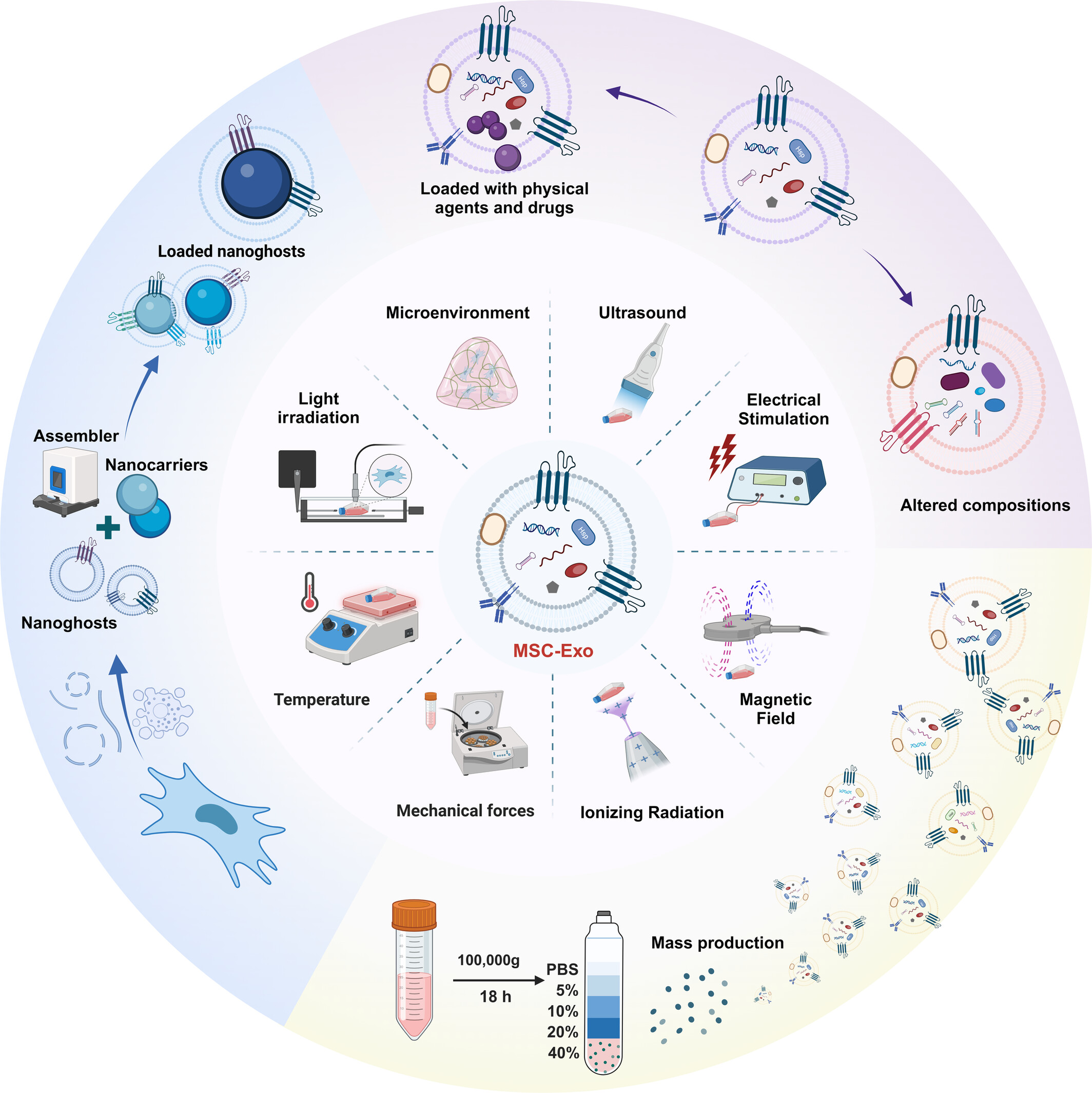
Physical factors influenced both their secretion and, significantly, their biological efficacy. Then, physical factors could also serve as techniques for the engineering of exosomes. The realm of physical factors assumes an instrumental role in modifying and upgrading MSC-Exo, ultimately facilitating their clinical translation.
Notochordal cells: A potential therapeutic option for intervertebral disc degeneration
- First Published: 11 September 2023
Single-cell RNA sequencing elucidated the landscape of breast cancer brain metastases and identified ILF2 as a potential therapeutic target
- First Published: 29 June 2024
The interplay between the PI3K/AKT pathway and circadian clock in physiologic and cancer-related pathologic conditions
- First Published: 09 February 2024
Single-cell RNA sequencing reveals immune cell dysfunction in the peripheral blood of patients with highly aggressive gastric cancer
- First Published: 06 February 2024
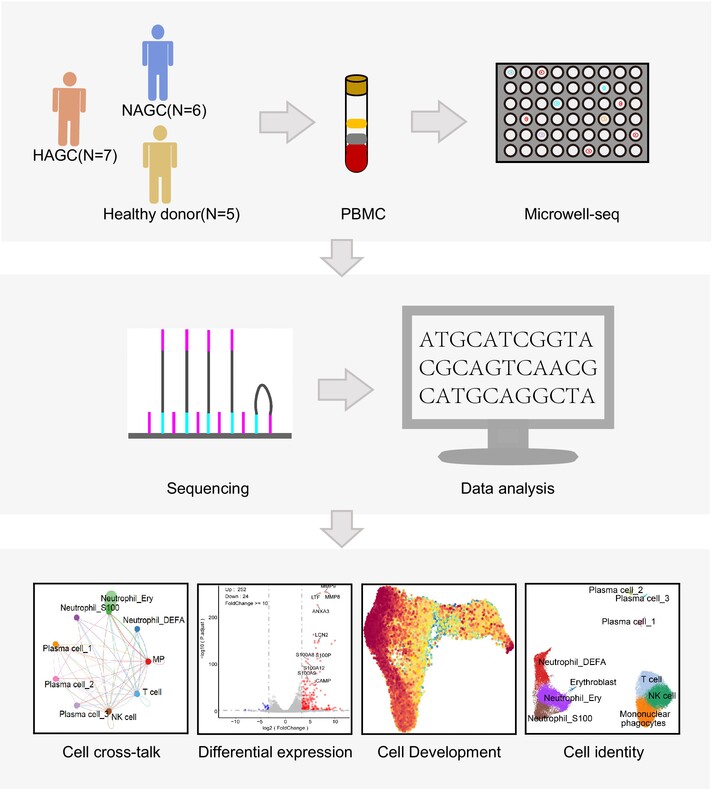
Highly aggressive gastric cancer (HAGC) is a gastric cancer characterized by bone marrow metastasis and disseminated intravascular coagulation (DIC), which has a very poor prognosis. Peripheral blood mononuclear cells (PBMCs) were collected from seven HAGC patients, six normal advanced gastric cancer (NAGC) patients, and five healthy individuals for single-cell RNA sequencing using the microwell-seq platform. We identified the cell subpopulations and found that in HAGC patient blood immature neutrophils were greatly increased. Mononuclear phagocytes showed M2-like signatures and T cells were suppressed and reduced in number. Together, they contributed to an immunosuppressive environment in HAGC patients. We also investigated the crosstalk among PBMCs and revealed that intercellular communications were greatly increased in HAGC. Besides, S100A8/A9 and multiple signalling pathways that contribute to DIC were upregulated in HAGC, suggesting their role in HAGC development.
Single-cell RNA sequencing to explore cancer-associated fibroblasts heterogeneity: “Single” vision for “heterogeneous” environment
- First Published: 29 December 2023
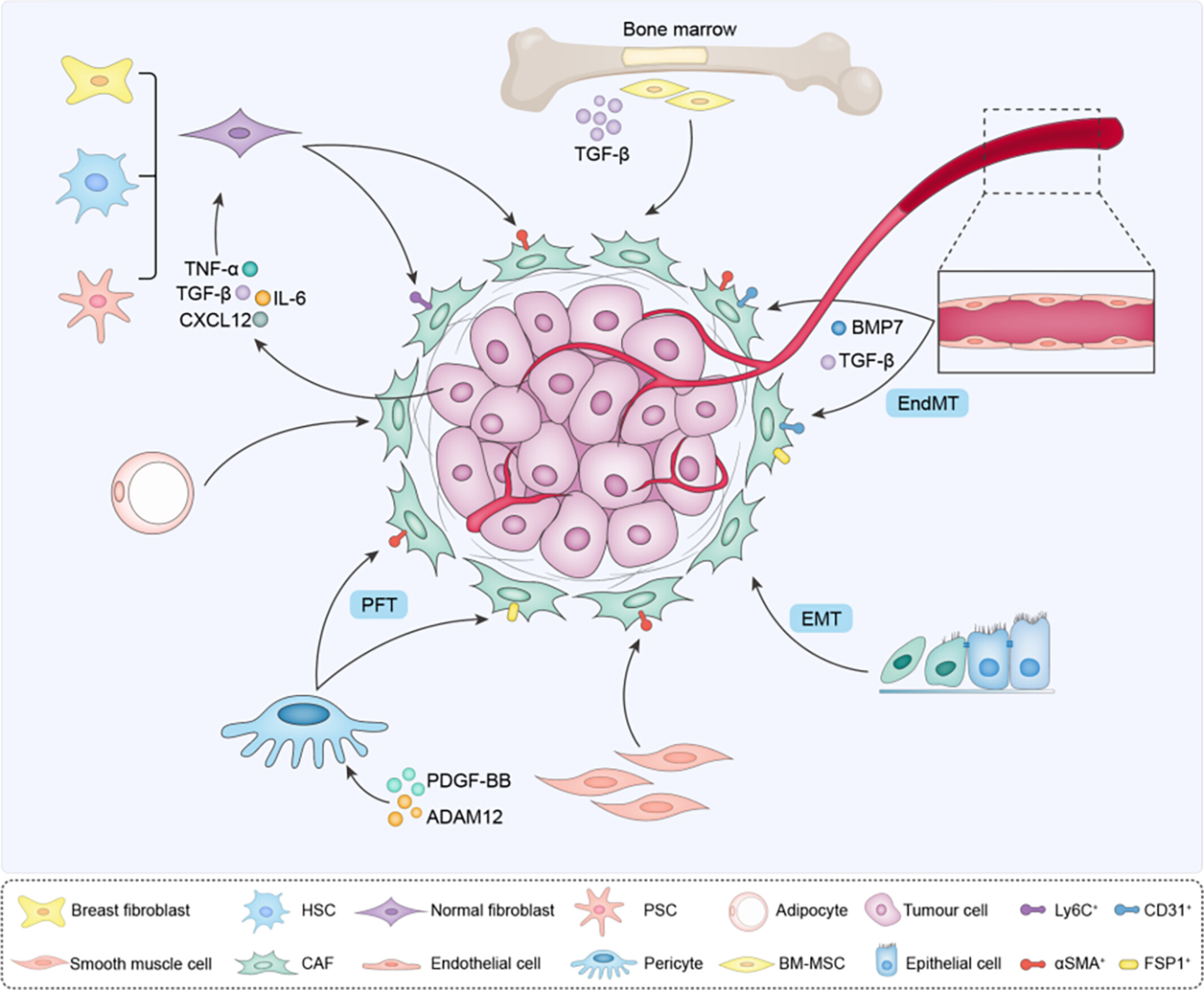
The origin heterogeneity of CAFs: Multiple types of cells, under certain conditions, may become tumour-associated fibroblasts (CAFs). A variety of normal fibroblasts, including resident breast fibroblasts, pancreatic stellate cells (PSCs) and hepatic stellate cells (HSCs), bone marrow-derived mesenchymal stem cells (BM-MSCs) transformed into CAFs under the action of cytokines such as TGF-β. Endothelial cells convert into CAFs through endothelial-mesenchymal transition (EndMT), and epithelial cells differentiate toward CAFs through epithelial mesenchymal-transition (EMT). Adipocytes, pericytes and smooth muscle cells can also be the source of CAFs.
Umbilical cord-derived mesenchymal stem cell secretome promotes skin regeneration and rejuvenation: From mechanism to therapeutics
- First Published: 26 December 2023
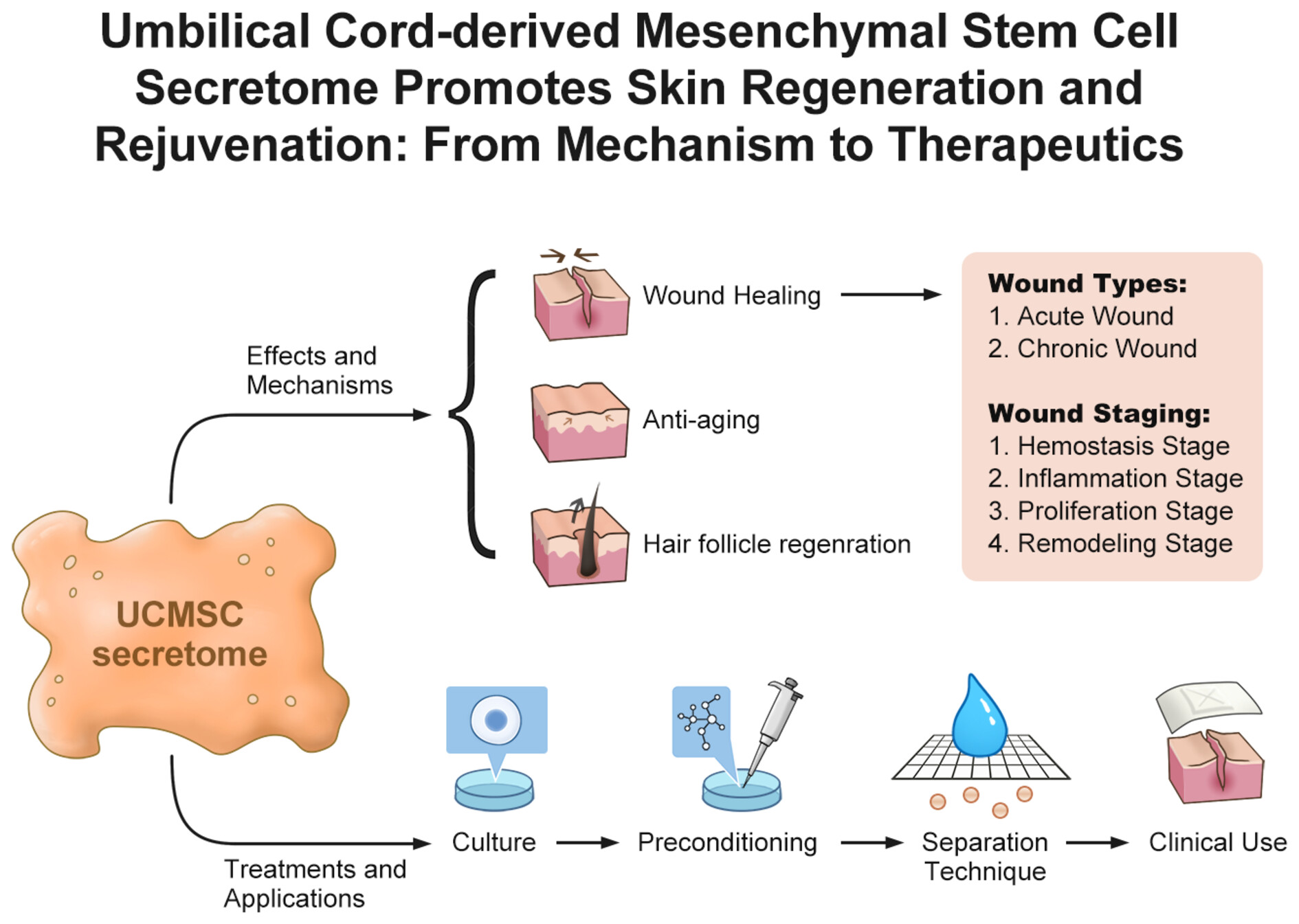
This review can be separated into two sections, one on mechanisms and the other on applications. Acute and chronic wound healing, anti-aging, hair follicle regeneration, and other skincare effects are all supported by the UCMSC secretome in a variety of ways. Different functions in four stages are skin regeneration mechanisms. The review also covers everything from secretome culture, separation, and pretreatment through dosage, administration route, efficacy, and biosafety in the clinic.
Transient receptor potential vanilloid 1: A potential therapeutic target for the treatment of osteoarthritis and rheumatoid arthritis
- First Published: 23 November 2023
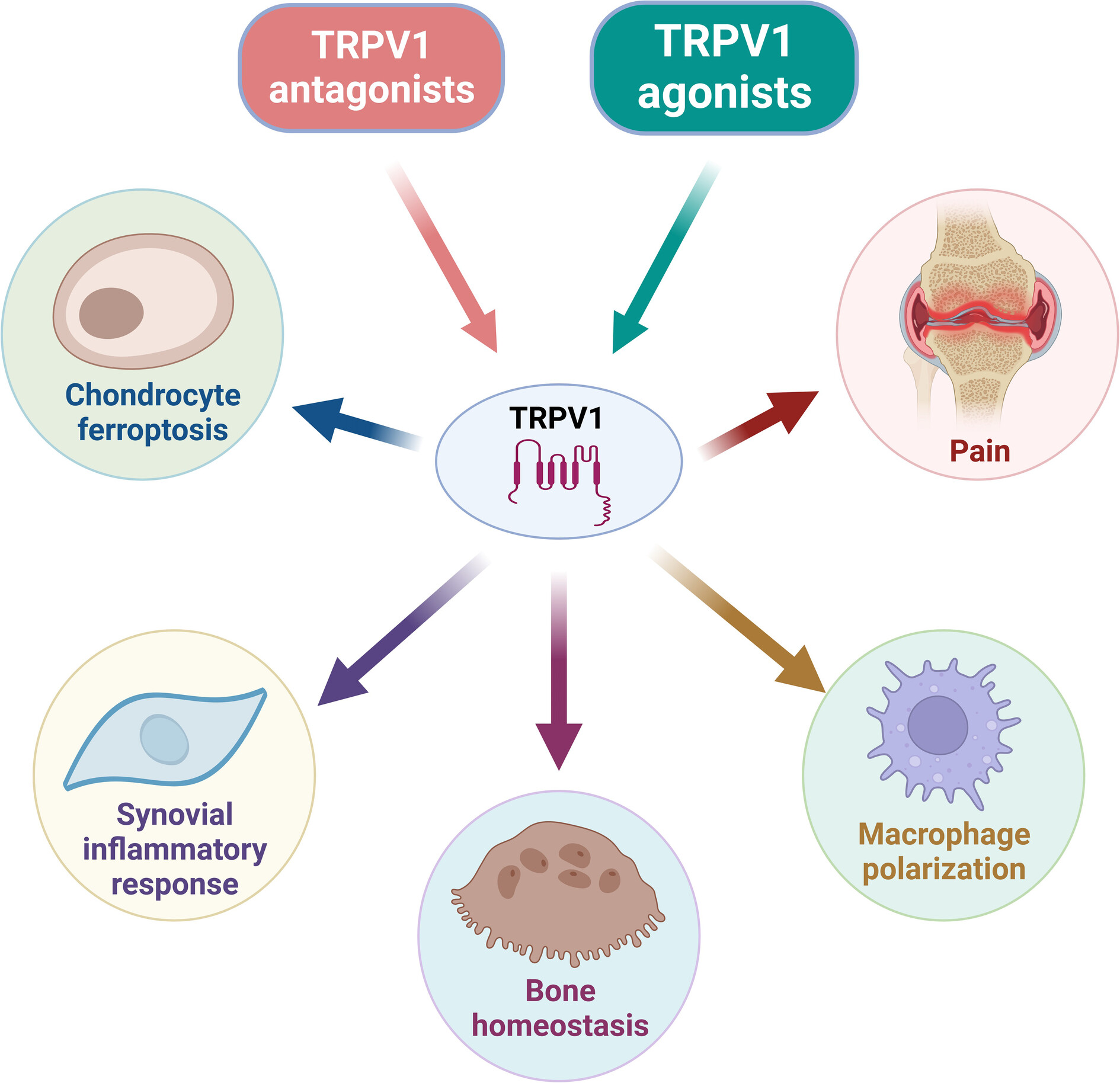
TRPV1, a member of the TRP family, is widely expressed in primary sensory neurons and various cells and participates in pain signal transduction of thermal, mechanical and chemical stimulation. Recently, functional changes in TRPV1 channels have been considered as risk factors for OA and RA. Abnormal expression and function of TRPV1 channels are associated with chondrocyte ferroptosis, synovial inflammatory response, macrophage polarization and bone homeostasis. In addition, TRPV1 channels play important roles in neural sensitization, defunctionalization or central sensitization and are involved in the occurrence of pain in OA and RA. Based on clinical and preclinical evidence, TRPV1-targeting drugs and regulation of its expression exhibit prominent curative effects in OA and RA. TRPV1 may be a novel potential therapeutic target for OA and RA treatment.
Targeting novel regulated cell death: Ferroptosis, pyroptosis and necroptosis in anti-PD-1/PD-L1 cancer immunotherapy
- First Published: 09 April 2024
NEK2 plays an essential role in porcine embryonic development by maintaining mitotic division and DNA damage response via the Wnt/β-catenin signalling pathway
- First Published: 01 March 2024
AAV-mediated Gpm6b expression supports hair cell reprogramming
- First Published: 24 February 2024
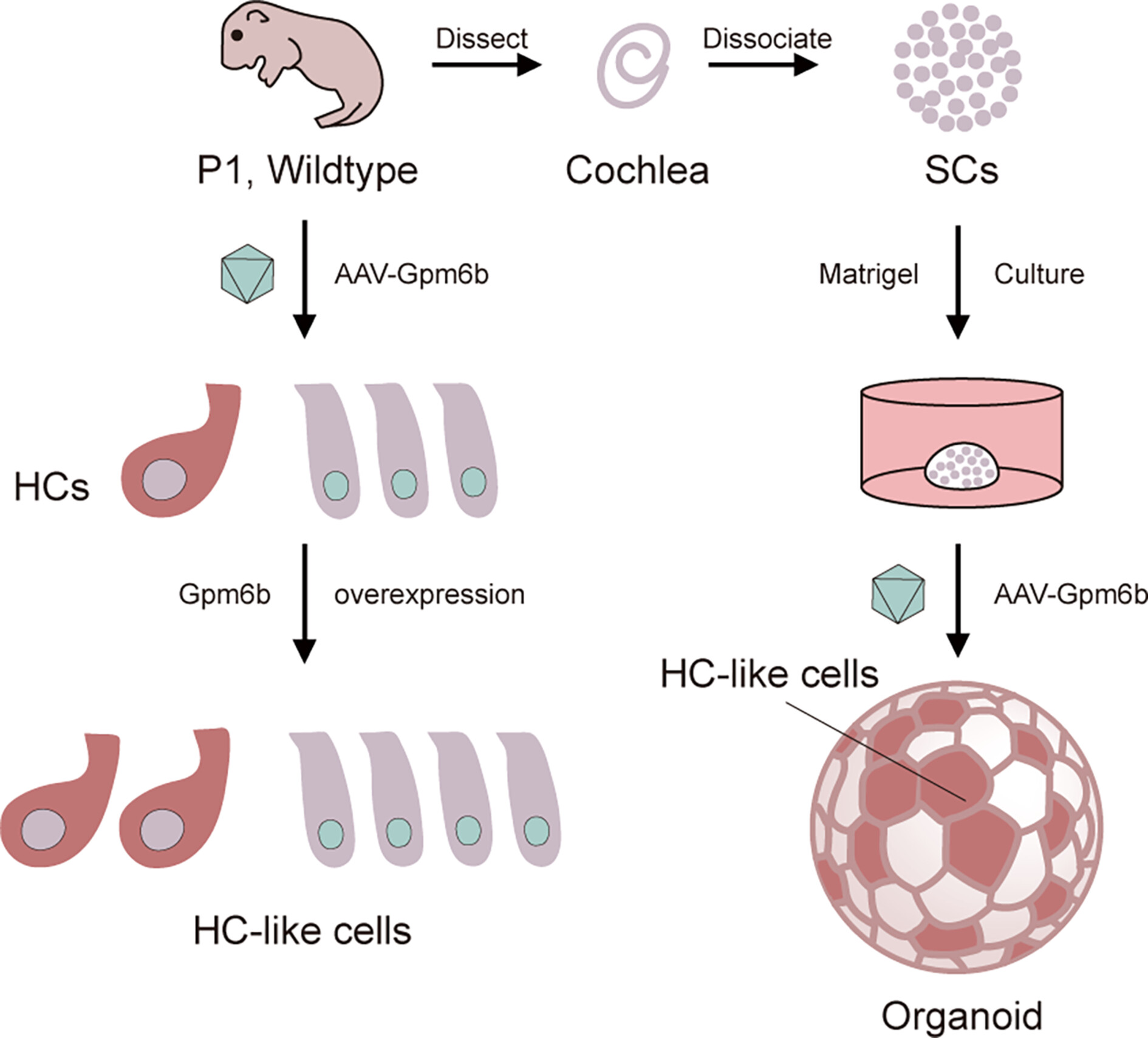
In this work, Sun et al. investigated the effect of up-regulation of Gpm6b on the hair cell differentiation of progenitors using Adeno-associated virus-inner ear (AAV-ie)–mediated gene overexpression. In this study, Sun et al. found that Gpm6b overexpression could promote supporting cell proliferation and hair cell differentiation through organoid culture experiments in vivo and viral injection in neonatal mice.
Cardiopulmonary progenitors facilitate cardiac repair via exosomal transfer of miR-27b-3p targeting the SIK1-CREB1 axis
- First Published: 07 January 2024




